
What’s more elusive than a parking spot at Costco on Saturday? For many shoppers in 2025, it’s their favorite store because thousands are vanishing. Over 3,700 retail locations in the United States are closing their doors this year in one of the most aggressive waves of closings in recent memory.
Everything from craft store chains to coffee giants has announced cuts, ranging from bankruptcy to restructuring plans, due to changed consumer habits. To analysts, this is more than a blip UBS projects that up to 45,000 closures could happen by 2029, particularly among smaller chains unable to keep up with the shifting retail economics.
While big-box stalwarts like Walmart and Target continue to grow, a surprising number of household names currently are shrinking fast. Here’s a closer look at the largest closures that define retail in 2025.
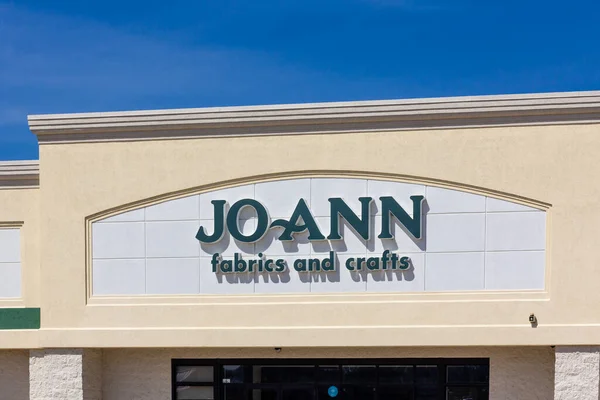
1. Joann: 790 Stores Gone
Joann, the fabric and craft retailer, has filed for its second Chapter 11 bankruptcy in less than a year and will close almost 800 stores across the country. “Significant and lasting challenges in the retail environment” finally caught up with it, along with inventory constraints, forcing interim CEO Michael Prendergast’s hand on the decision. Shabby stores and frequent out-of-stocks have driven customers to competitors like Hobby Lobby and Michaels, said Neil Saunders, retail analyst, and these closures will shrink Joann into a much smaller player and end decades of dominance in the craft space.

2. Party City – End of an Era
After nearly 40 years, Party City has wound down operations, closing about 700 stores. The chief executive called it “without question the most difficult message that I’ve ever had to deliver,” as employees learned they would not get any severance and immediately lose their benefits. Heavy debt from a private equity buyout, inflation, a shortage of helium, and fierce competition from e-commerce and pop-up rivals like Spirit Halloween were among the causes the chain blamed. Ironically, many of the closed sites are being taken over by Dollar Tree and Five Below.

3. Starbucks – 627 Closures in Restructuring
Starbucks initiates a restructuring worth $1 billion, which involves closing 627 underperforming stores-most of which are in North America. The locations, according to CEO Brian Niccol, could not create the “physical environment our customers and partners expect” or had no pathway to profitability. It also cuts about 900 non-retail jobs while investing in remodeling more than 1,000 cafes to restore the chain’s appeal as a ‘third place.’ The company says it will resume its expansion in 2026 after this portfolio reset.
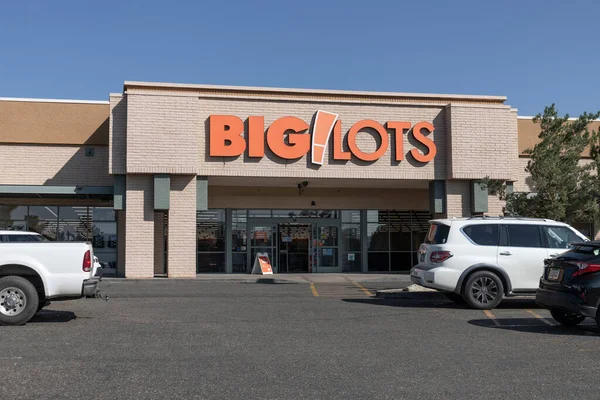
4. Big Lots – 480 Locations Exiting
Big Lots narrowly avoided liquidation after it declared bankruptcy, and its new owners since have been selling off leases to at least 480 stores. As many as 200 of those will remain as Big Lots-branded locations under Variety Stores the rest are being repurposed. The closures are the latest challenge for discount chains amid a period of declining spending among lower-income consumers hurt by inflation and rising competition from dollar stores and mass merchants.

5. Walgreens – 450 Stores in 2025, 1,200 Overall
Walgreens is accelerating a multiyear footprint optimization plan with 450 stores to close this fiscal year and 1,200 in three years. The move will “realign our footprint to a healthier store base” and improve cash flow, CEO Tim Wentworth said. Retail analyst Neil Saunders described the scale of closures as “a huge admission of failure” and said it may bring on pharmacy deserts. Another 800 locations are under review for possible action.
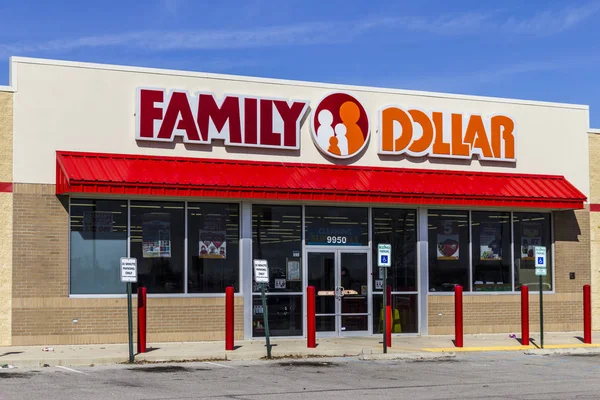
6. Family Dollar – 370 Stores as Brand Is Sold
Dollar Tree has agreed to sell Family Dollar to private equity for $1 billion, way below the $9 billion it paid in 2015, after years of messy stores, overexpansion, and a poor fit with Dollar Tree’s model. The chain will be closing 370 stores this year after shuttering 600 in 2024. Low-income, family-heavy customers targeted by Family Dollar have been particularly battered by inflation, analysts said. Recovery could be hard even with new ownership.
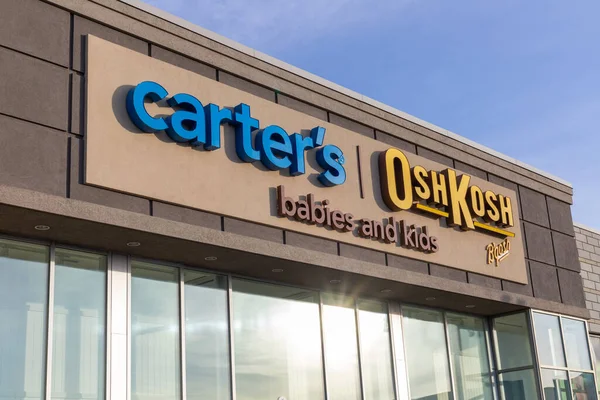
7. Carter’s to close 100 stores, cut
300 jobs The children’s wear giant Carter’s will shut down close to 100 outlets in fiscal 2025-2026, part of its plans to close a total of 150 low-margin stores over three years. Tariffs and shifting customer demographics are cited by CEO Douglas Palladini as major reasons for such a move. The company simultaneously cut 300 office-based jobs as it tries to cut as much as $35 million each year and simplify its product assortment.

8. Macy’s – 66 Stores in First Wave
Macy’s Inc. has announced the closure of a total of 66 stores this year across 22 states as part of an earlier announced plan to shutter 150 underproductive locations by 2026. It said its ‘Bold New Chapter’ strategy places investment focus on 350 ‘go-forward’ stores. Among the higher-profile sites, it includes downtown Brooklyn and Philadelphia City Center, along with the Sunrise Mall in New York.

9. Kroger – 60 Stores Over 18 Months
Kroger is shuttering upwards of 60 locations in total across the United States, with confirmed locations in states including Georgia, Illinois, and Texas among others. CEO Ron Sargent revealed the expansion into “high-growth geographies,” even as the company trims underperforming sites. Shuttering is happening across banners such as Harris Teeter, Mariano’s, and Pick ’n Save.

10. Rite Aid – 54 Stores After Bankruptcy
Rite Aid has closed its remaining 54 US stores after declaring Chapter 11 earlier this year. The company sold off the majority of its 1,250 locations to rival pharmacy chains and has drastically contracted from its 2,100-store footprint a year ago. The closures cap a long struggle with debt and declining sales.
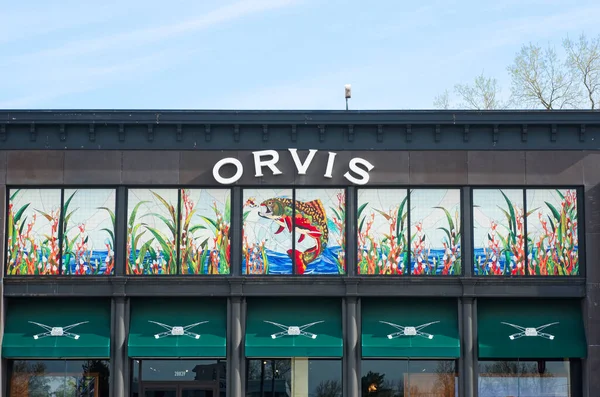
11. Orvis – 36 Stores to Refocus Brand
Outdoor retailer Orvis will close 36 stores by early 2026 while refocusing on its roots in fishing and hunting gear. President Simon Perkins cited an “unprecedented tariff landscape” and a need to focus on core strengths. That includes cuts to much of its lifestyle apparel business to make sure it has a “durable brand and model for decades to come.” The 2025 retail contraction is rewriting shopping streets around the country, with iconic names vanishing and survivors tightening their footprints.
Closures have a way of freeing companies from unprofitable locations, but they also create gaps in communities and force loyal customers to find new options. If anything, the extent of these moves suggests to onlookers within the industry a poignant moment one in which adaptability, efficiency, and clear brand focus will separate the wheat from the chaff among those retailers who will truly thrive in the coming years.


